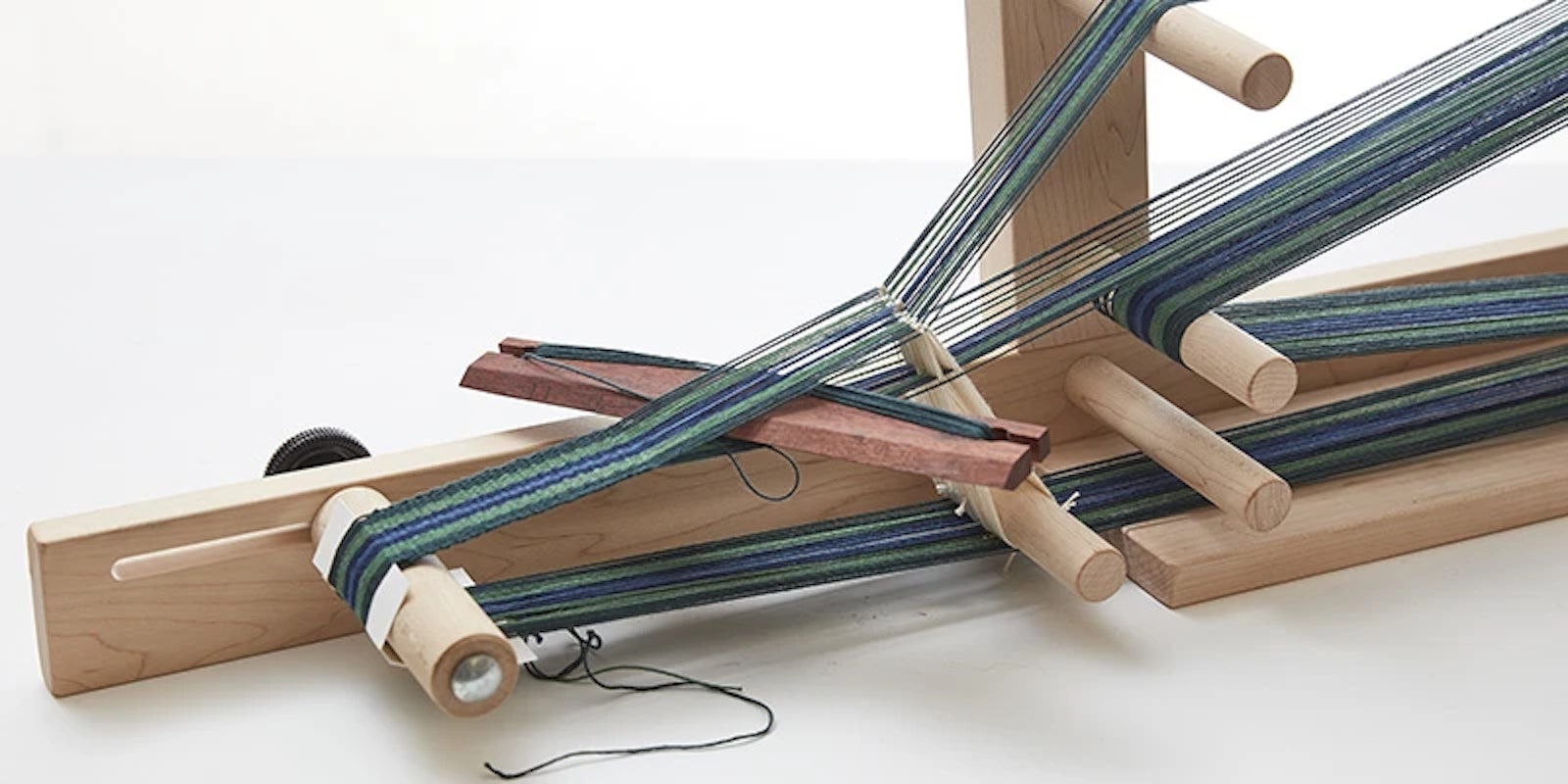As a new weaver, sometimes it feels difficult to move from “beginner” to “intermediate.” I’ve pretty much mastered warping my loom and I can fix a broken warp thread in just a minute without panicking. I can tell the difference between most of the major weave structures and am fairly comfortable designing my own projects. So how do I get from this level of comfortable beginner (advanced beginner?) to intermediate weaver? It’s sometimes hard to find resources aimed at that sweet spot: books that don’t assume you know more than you do, but also aren’t aimed at absolute beginners. I don’t want a how-to-weave book (I have plenty of those, and they have their place) and I don’t want a treatise on 16-shaft undulating twills (those books also have their place). What I want is a how-to-better-understand-weaving book, and I think I’ve found it in Pattie Graver’s wonderful new book Next Steps in Weaving: What You Never Knew Your Needed to Know. That tagline says it right there, this book is for all of us new weavers who have moved past the introductory books but still have a lot we need to learn. Pattie’s book is written just for us. There are no warping instructions, no explanation as to what exactly a shuttle is, but it also doesn’t assume the reader already knows everything. Each chapter is focused on a specific weave structure and learning more about weaving through it. It discusses the terms related to the structure and defines them. For example, if you’d ever wanted to know what 1/3 twill meant or the difference between rose fashion and star fashion overshot, this book has got you covered. The book goes beyond the basics of definitions as well. In her chapter on color-and-weave, there’s a section on how to turn a twill draft into shadow weave. Elsewhere are instructions on tying a warp back onto the apron rod after cutting off a sample and tips on beating to square and keeping a steady beat. As the tagline says, it’s all the things you never knew you needed to know. For example, I’ve never hemstitched a piece before twisting or braiding the fringe. After reading Pattie’s explanation of how it helps stabilize the edge for a neater fringe--especially when dealing with slippery yarns such as silk and Tencel--I’m a convert. Next time I weave a scarf I will hemstitch that fringe before twizzling or braiding it, and I have no doubt that it will make the process much easier. That simple piece of information will make my weaving life easier, forever. Now best of all, there are lots of wonderful projects presented throughout the book aimed at helping you learn more about structures. I have been a fan of Pattie’s weaving since starting my job at Handwoven. (Pattie, as some of you may remember, was the managing editor of Handwoven before I came on board.) Her designs are wonderful and her color choices always seem so spot-on--you could always tell when somebody in the office was wearing a “Pattie scarf.” Having a book chock-full of these wonderful Pattie projects is a dream come true to this fan-girl weaver. So for those of you who are like me and wanting to take those next steps in weaving and work your way towards a better understanding of weaving, then I cannot recommend this book enough. Happy Weaving, | ||||||||




